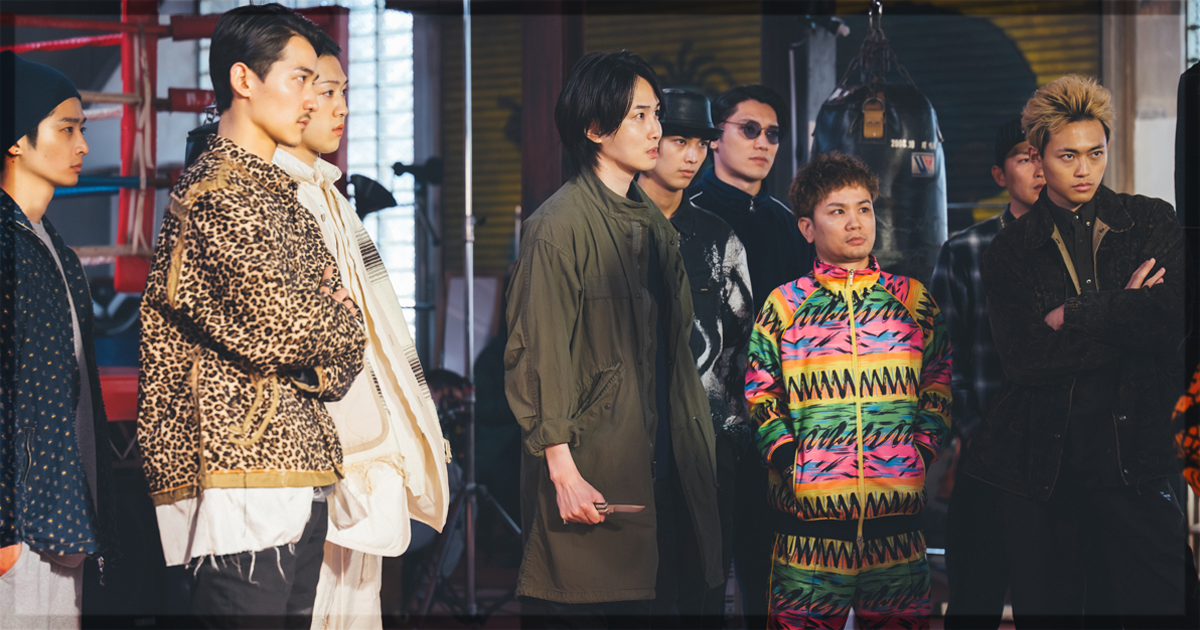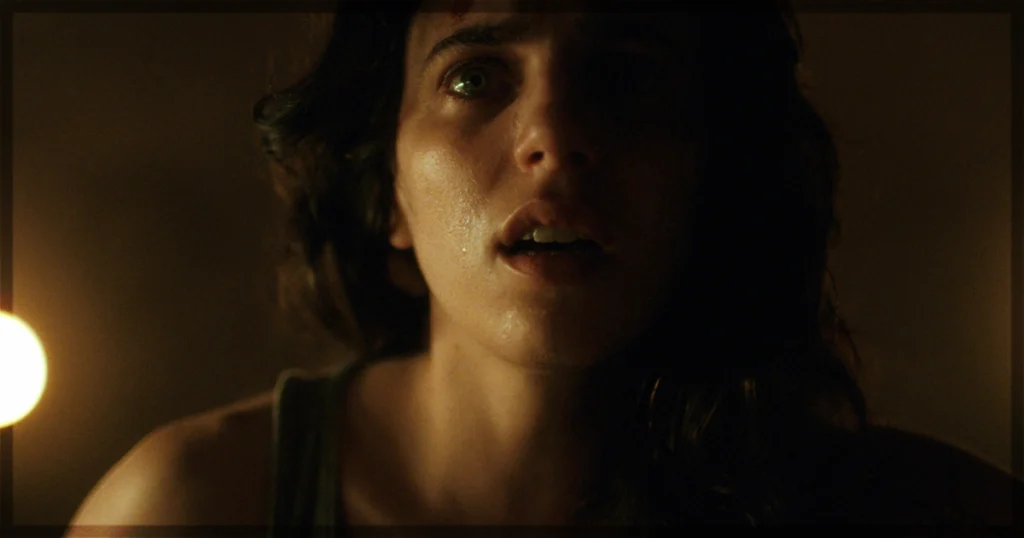Japanese director Takashi Miike is one of the most prolific directors alive. In 2025, he released three films: Shin Abarenbo Shogun, Sham, and Blazing Fists. He is known for his signature in his work, which usually merges genres. In Blazing Fists, Miike crafts a martial arts film that combines fighting, revenge, and mafia in one flick. It narrates the story of Ikuto (Danhi Kinoshita) and Ryoma (Kanama Yoshizawa), two teenage boys who meet in the juvenile center. Ikuto is there because of a robbery that he did not commit, and Ryoma for a series of crimes he committed to pay five hundred thousand yen to a gang. After the lecture from a fight show promoter in the juvenile ward, they begin to fight until the day they both acquire parole sentences, and decide to search for their dreams, penitence with justice, and their families.
The director crafts a fight film crowded with multiple elements and various characters. Still, each arc revolves around the friendship of the central duo, Ikuto and Ryoma. They are thoroughly different individuals. Ryoma is a boy searching for pardon and becoming his better self. Ikuto wants to prove he is not a criminal and also to free his father, who is in a detention center, accused of murdering an employee. In this sense, the film dives into the hardships those two young men face. It shows their understanding that they will not receive a fair judgment from the Japanese society. They will be known as former convicts and young criminals. Their awareness is a central element for their objectives: to reach the breaking down, fight show, a popular fighting contest.
Additionally, the most impressive element of Blazing Fists is how Miike composes the fight scenes. They are set primarily in an extensive space, such as a garage, rings, and streets. The camera focuses on the movements of the fists, which are constant and fast-paced. The editing allows each frame to sit alongside the stunt movements. It leads to efficient camera work, capturing the kicks and punches. Each fight scene is an orchestrated spectacle that demands attention for the precise kicks and punches performed on the screen. There are breathers between each combat; thus, the audience is not exhausted by the number of fights or a certain repetitiveness. There is a difference between each of the battles; the first confrontation between Ikuto and Jun takes place in the boxing gym, the Krishina mafia and the gang are in a massive garage. Those spaces limit the extension of the confrontations and geographically organize how the camera should capture the best angles of the movements.
It is undeniable that the film has too many characters. Accordingly, a few subplots lack enough development. Numerous supporting characters are fascinating. However, they have little presence and are only participants in the fights. An example of this is the Jun gang, which appears in three major scenes, all of which are fight pieces. Thus, it is a bloated film. It has many subplots that continue getting introduced and sometimes never conclude. One of them is Ikuto’s father’s prison, which is a central plot, and delivers a few subplots, such as the father’s innocence, the father’s beef with the prosecutor, and the fight between the prosecutor’s son and Ikuto in the Breaking Down fight show. In this sense, despite the engaging new elements, the story bloats itself into a lengthy narrative development. Surprisingly, the screenwriter, Shin Kibayashi, successfully concludes the film; he unravels most of the plots he introduces, and the most prominent details of this immense narrative arc.
Finally, another key element to the film’s success is the superb composing work by Koji Endo, which draws a beautiful score that uplifts the central fights. During the principal combats, the music delivers an energetic tone set by the electric guitars. It borrows from the punk rock sound that elevates the energy of those massive stunt fights, especially the garage, which is the main one. The work by Endo shifts from piano scenes to frenetic guitar solos that fit with the purpose of those moments. Hence, it is an undeniable, well-crafted job that follows the stuntwork and editing, which are essential to the excellent fight scenes.
Ultimately, Blazing Fists may be bloated and have too many characters. Still, it is a well-crafted, fun, and frenetic action film that merges elements of mafia and revenge flicks. It is a visceral work by the master Takashi Miike, who designs a spectacle in each of the fights on the screen.
Blazing Fists recently played at the Fantasia International Film Festival.
Learn more about the film at the Fantasia site for the title.
You might also like…
Fantasia 2025: ‘Hellcat’ Film Review: Dakota Gorman is a Visceral Force in Brock Bodell’s Suffocating Survival Horror


